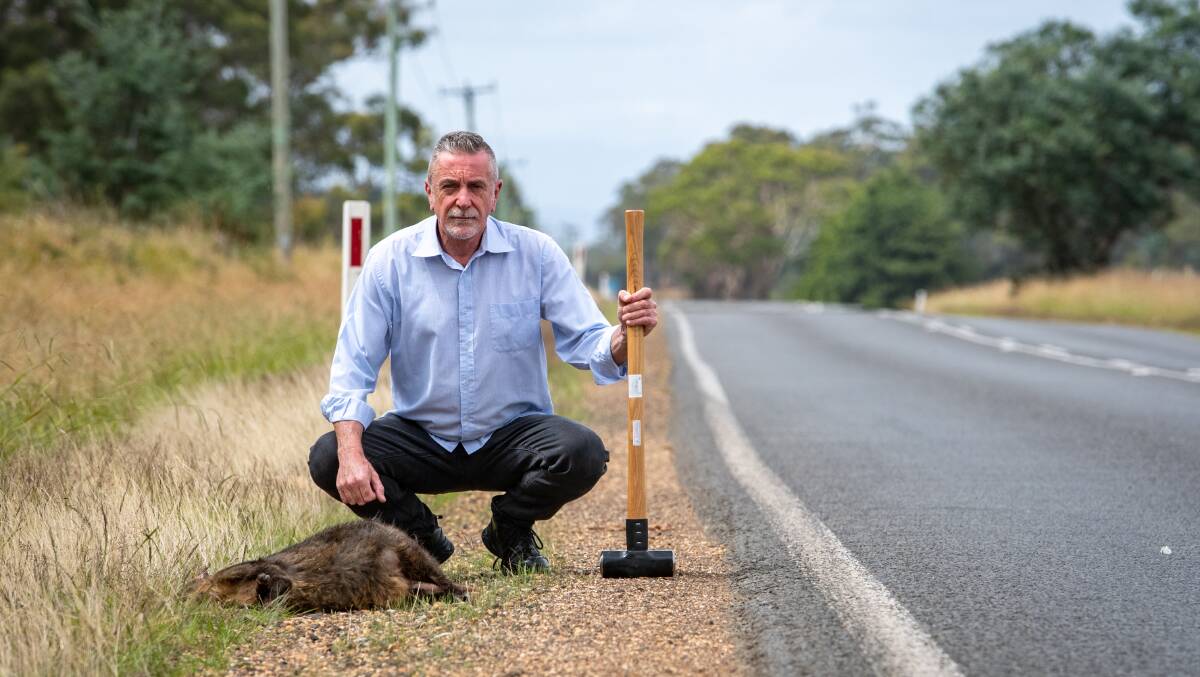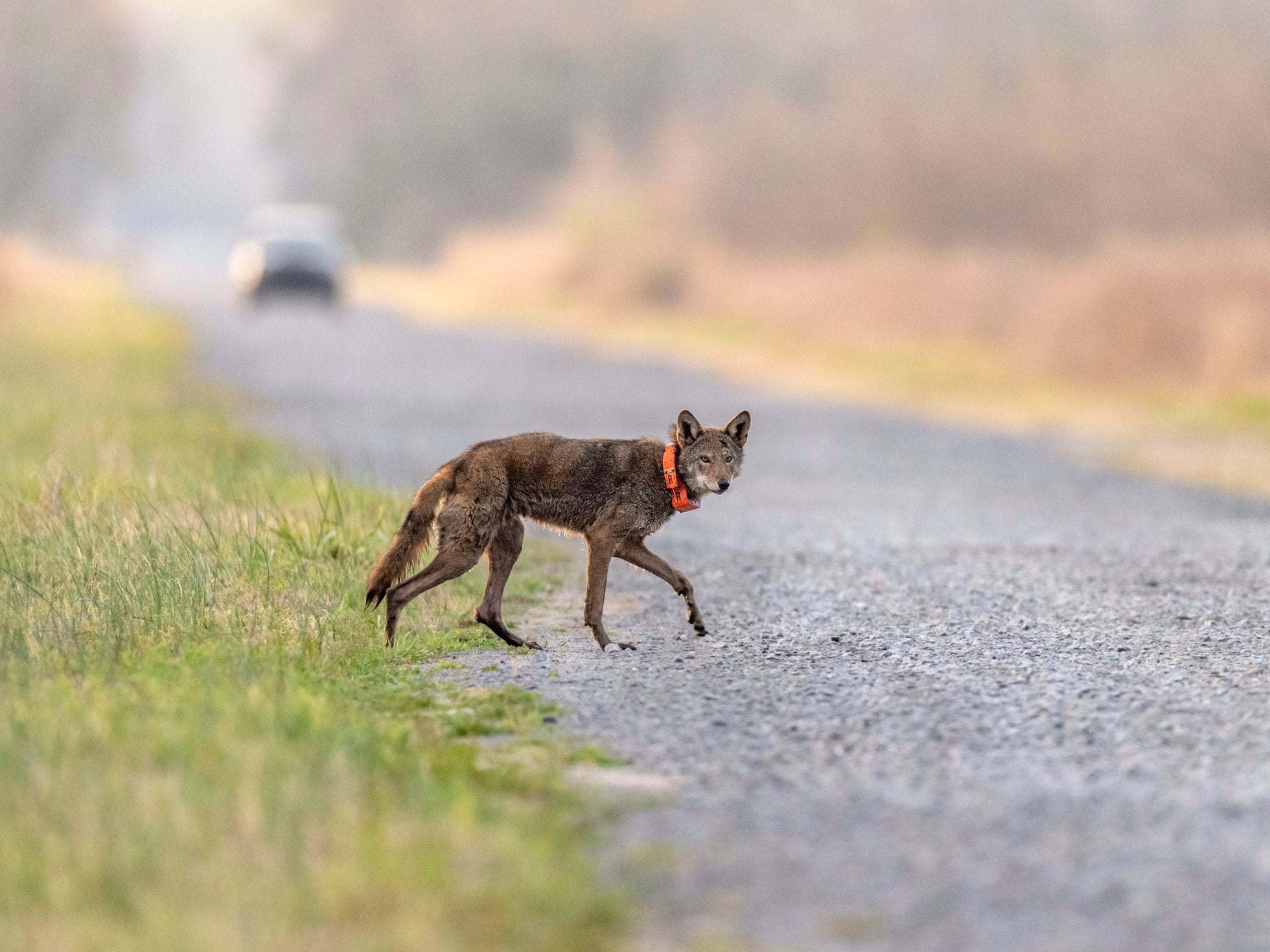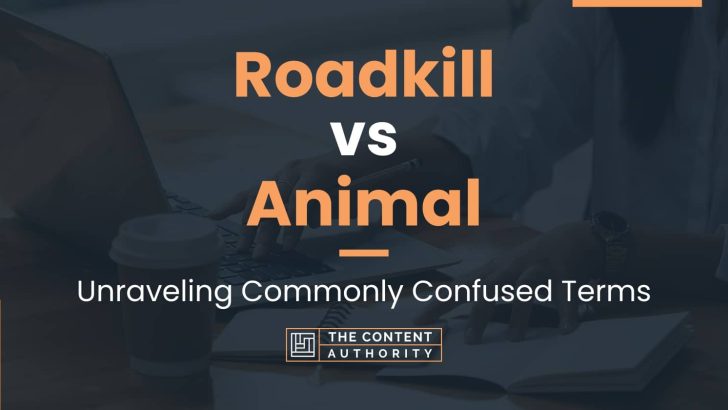Do the roadkills of different mammal species respond the same way
Por um escritor misterioso
Last updated 21 setembro 2024

While road network expansion connects human settlements between themselves, it also leads to deforestation and land use changes, reducing the connectivity between natural habitat patches, and increasing roadkill risk. More than 30% of registered mammal roadkills in Brazil are concentrated in four species: Cerdocyon thous (crab-eating fox); Euphractus sexcinctus (six-banded armadillo); Tamandua tetradactyla (collared anteater) and Myrmecophaga tridactyla (giant anteater), the latter being categorized as vulnerable by IUCN redlist. Our aim was to understand how these animals’ roadkills could be related to the land use proportions on landscapes all over the Brazilian territory, and investigate if the roadkill patterns differ among species. We collected secondary data on mammal roadkills (N = 2698) from several studies in different regions of Brazil. Using MapBiomas’ data on land use and land cover, we extracted landscape composition around each roadkill sample. Through the proportion of land use and land cover in the area of influence where the roadkill occurred, we built binomial GLM models and selected the best ones by Akaike Information Criteria. For crab-eating fox and the six-banded armadillo, the best models include matrix coverage resulting in increased roadkill risk, while both anteaters’ species have a habitat and a matrix component in their best models, with an interaction between the variables. These four species seem to be roadkilled in different landscape arrangements, but in all scenarios, anthropic areas had an important influence over the models. For habitat-dependent and more sensible species, such as Tamandua tetradactyla and Myrmecophaga tridactyla, the amount of matrix influencing the roadkill risk depends on habitat availability in the landscape. It changes the strength and direction of the effect according to the proportion of natural areas in the region, while with generalist species such as Cerdocyon thous and Euphractus sexcinctus, the quantity of human-modified coverage increases the risk.

Winnebago County Animal Services: Don't call us about roadkill, dead wildlife

Do the roadkills of different mammal species respond the same way to habitat and matrix?

How CPW responds to roadkill and poaching, Western Colorado

Using roadkill as an inspiration to shill her stuff TW: dead animals : r/antiMLM

Florida study shows wildlife sensor warning systems can reduce road kill

Roadkill and Other Sacrificeable Lives

Podcast: Tasmania is the roadkill capital of the world, The Canberra Times

Endangered red wolves need space to stay wild. But there's another predator in the way — humans, Science

The Philosophy of Roadkill - Econlib

How Roadkill Became an Environmental Disaster - The Atlantic

Roadkill vs Animal: Unraveling Commonly Confused Terms
Recomendado para você
-
 Baixar Brasil Roleplay 1.0 Android - Download APK Grátis21 setembro 2024
Baixar Brasil Roleplay 1.0 Android - Download APK Grátis21 setembro 2024 -
 AlfaZ RP Brasil Oficial ( - Servidor Dayz21 setembro 2024
AlfaZ RP Brasil Oficial ( - Servidor Dayz21 setembro 2024 -
Policia Militar [RP] - Roblox21 setembro 2024
-
 ATUALIZOU E MUDOU MUITO O SERVIDOR Brasil Roleplay 2 - GTA SAMP ANDROID/PC21 setembro 2024
ATUALIZOU E MUDOU MUITO O SERVIDOR Brasil Roleplay 2 - GTA SAMP ANDROID/PC21 setembro 2024 -
 NOVO SERVIDOR Brasil Roleplay 3 (MELHOR ECONOMIA E RP) - GTA SAMP21 setembro 2024
NOVO SERVIDOR Brasil Roleplay 3 (MELHOR ECONOMIA E RP) - GTA SAMP21 setembro 2024 -
 Download do APK de Brasil Mobile Roleplay para Android21 setembro 2024
Download do APK de Brasil Mobile Roleplay para Android21 setembro 2024 -
 Barao Do Rio Branco21 setembro 2024
Barao Do Rio Branco21 setembro 2024 -
 Server not appearing in MTA List - Server - Multi Theft Auto: Forums21 setembro 2024
Server not appearing in MTA List - Server - Multi Theft Auto: Forums21 setembro 2024 -
 Top Servidor GTA 5 - Ranking dos melhores servidores MTA Grand21 setembro 2024
Top Servidor GTA 5 - Ranking dos melhores servidores MTA Grand21 setembro 2024 -
 ZAG Heads to LicensingCon Brazil with 'Miraculous' and 'Ghostforce21 setembro 2024
ZAG Heads to LicensingCon Brazil with 'Miraculous' and 'Ghostforce21 setembro 2024
você pode gostar
-
 Rick Roll QR code STICKER - QR code goes Rick Roll - Waterproof - Great for water bottles, laptops, friends, stick them pretty much anywhere21 setembro 2024
Rick Roll QR code STICKER - QR code goes Rick Roll - Waterproof - Great for water bottles, laptops, friends, stick them pretty much anywhere21 setembro 2024 -
 Servidor Avançado de Novembro 2020: download e abertura são adiados21 setembro 2024
Servidor Avançado de Novembro 2020: download e abertura são adiados21 setembro 2024 -
 Every Single Obtainable Item - Project Slayers21 setembro 2024
Every Single Obtainable Item - Project Slayers21 setembro 2024 -
 Electric Car Model and Physics Projects for Class 1221 setembro 2024
Electric Car Model and Physics Projects for Class 1221 setembro 2024 -
 Student news: Career development highlighted at St. Joseph H.S. event21 setembro 2024
Student news: Career development highlighted at St. Joseph H.S. event21 setembro 2024 -
 Bubble Shooter Wheel - Jogo Gratuito Online21 setembro 2024
Bubble Shooter Wheel - Jogo Gratuito Online21 setembro 2024 -
 5 minutos - Fazer ou não fazer - Jogo The Happy Gang21 setembro 2024
5 minutos - Fazer ou não fazer - Jogo The Happy Gang21 setembro 2024 -
 Cavalo De Brinquedo Marrom Kit Estábulo Pra Fazendinha Toyng em Promoção na Americanas21 setembro 2024
Cavalo De Brinquedo Marrom Kit Estábulo Pra Fazendinha Toyng em Promoção na Americanas21 setembro 2024 -
 Las Vegas Circa June 2019 Ihop Stock Photo 141921462221 setembro 2024
Las Vegas Circa June 2019 Ihop Stock Photo 141921462221 setembro 2024 -
 The Chess Angle (podcast) - Long Island Chess Club21 setembro 2024
The Chess Angle (podcast) - Long Island Chess Club21 setembro 2024
![Policia Militar [RP] - Roblox](https://tr.rbxcdn.com/0a08fcf1b1defa4fa662b249a178dfed/500/280/Image/Jpeg)